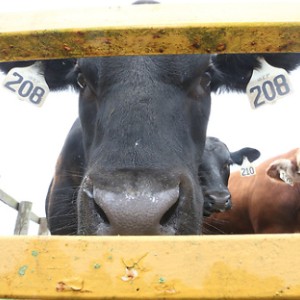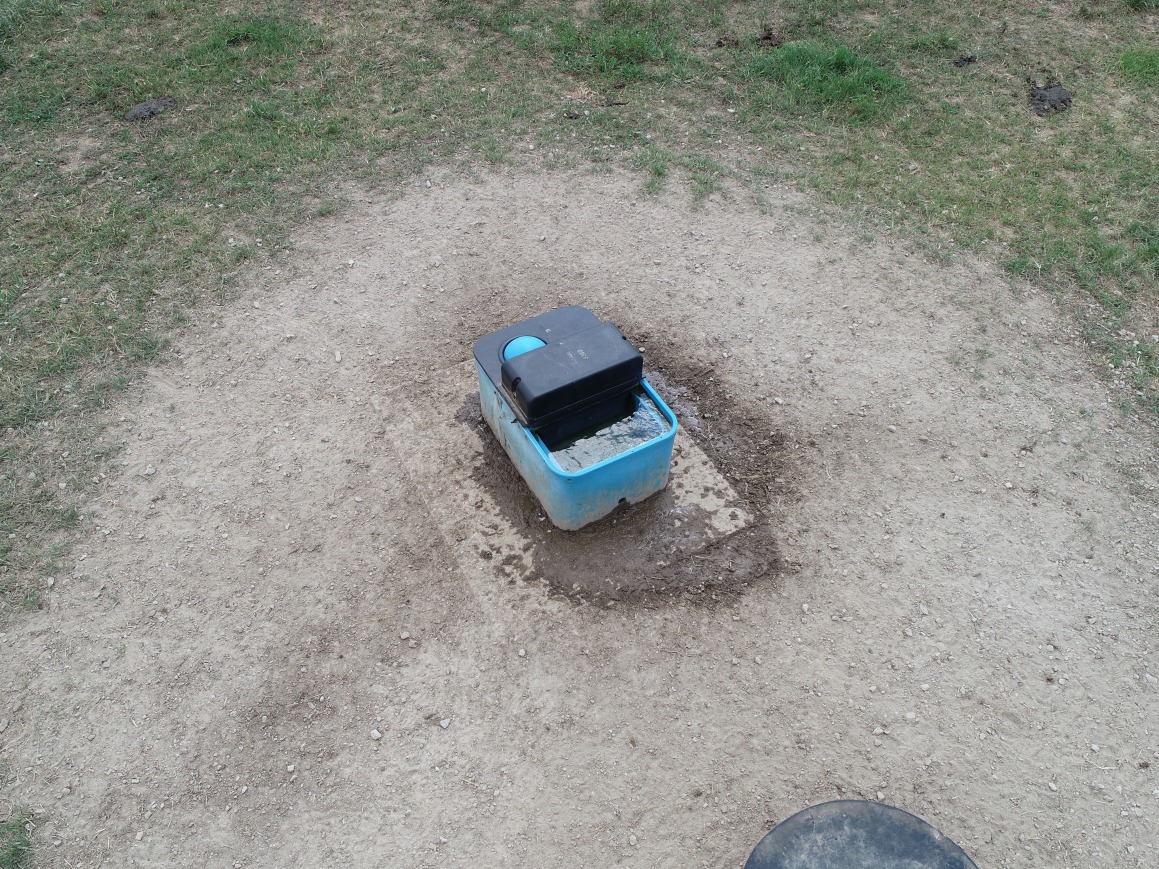Grazing patterns
Flown by John Scott, Digital Agriculture Extension Coordinator, and Dave Osborne, Agriculture & Natural Resources Educator, Purdue Extension
A stitched plant-health map of cover crops shows a grazing gradient where patterns are starting to emerge. Animals were first released into the left paddock, and every day, a new paddock was made available. It is possible to see variation in the new cover-crop forage, most likely due to management practices.

In the images below, different forages were planted and cattle released for grazing on July 2 — with new paddocks becoming available through July 9. No back fencing was used, and by July 9, cattle had access to the entire pasture.
The first three images were stitched into a geometrically correct and detailed map — also known as an orthomosaic — to show preference for certain forages. Once cattle depleted preferred stock, they switched to less-desirable forage (Aug 2).
The plant health image below highlights the difference in cattle forage selections. Although green is a positive representation in most scenarios of remote sensing, it is the less-desired forage in this instance. Green indicates forages not consumed, designating inefficient feed sources.













